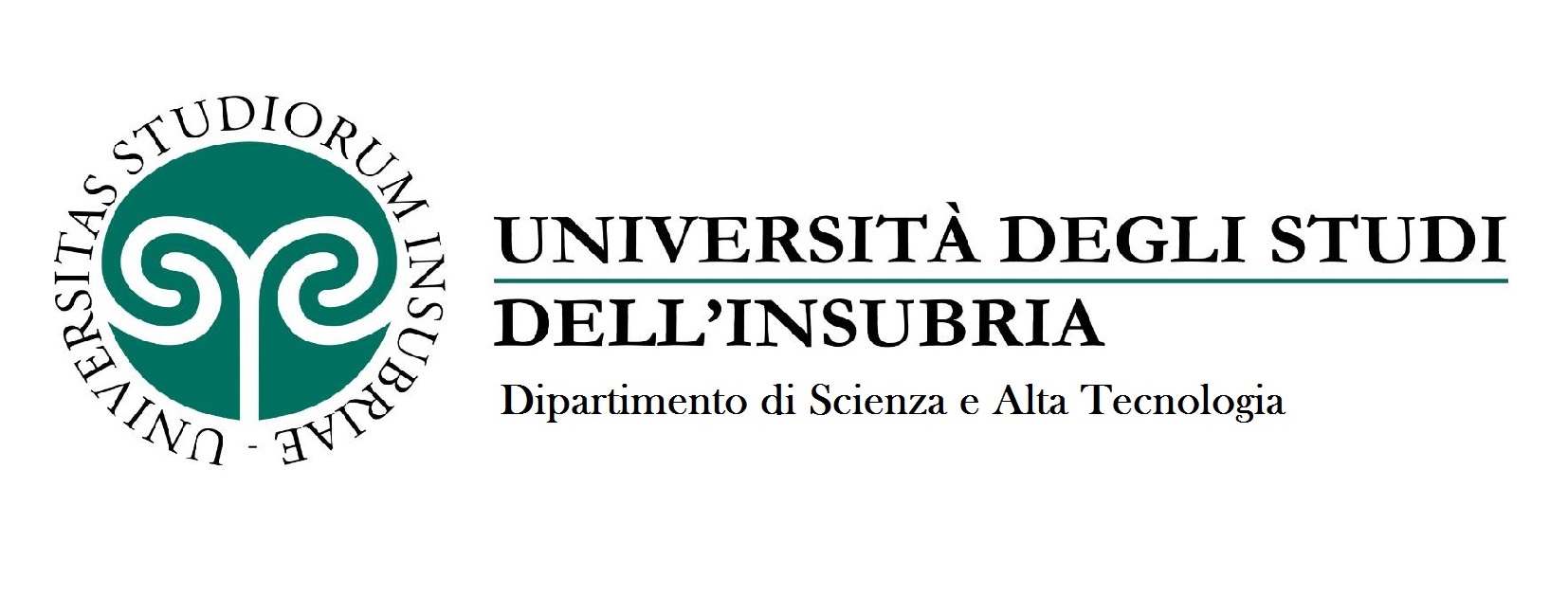Research topics:
Generalized Locally Toeplitz (GLT) matrix-sequences.
GLT matrix-sequences form a (vast) algebra of matrix-sequences, closed under linear combinations, product, and inversion (whenever the matrix-sequence is invertible). Any GLT matrix-sequence has a symbol and this symbol represents the asymptotic spectral distribution of the matrix-sequence; the matrix-sequence is invertible whenever the symbol vanishes at most in a set of zero Lebesgue measure.
Spectral analysis of sequences of matrices.
The eigenvalue or singular value distribution is investigated for several class of matrices arising from integral operators, partial differential equations (PDEs), systems of PDEs, fractional differential equations, ecc. with different kinds of discretization (finite differences, finite elements, isogeometric analysis, discontinuous Galerkin, finite volumes, virtual elements, spectral methods etc.). The main tool is that matrix sequences of this type belong to the GLT classes.
Preconditioning and Multigrid methods.
Using the previous spectral information, fast iterative solvers are developed by preconditioning for Krylov methods or multigrid methods or combinations of them, also with the use of tensor techniques. The idea is to split the whole space into proper subspaces, guided be the symbol and by the related spectral analysis, with the design of basic solvers in any relevant subspace and with the combination of such solvers which is globally fast (multi-iterative idea).
Inverse problems and image restoration.
Many inverse problems are defined via integral equations like the image de-blurring problem. When the involved integral kernel is space invariant, the discretization leads to a coefficient matrix with a Toeplitz-like structure depending on the boundary conditions. Regularization methods are usually based on iterative methods possibly fast and robust to the noise present in the observed object.
Numerical models for cultural heritage.
The management of our cultural heritage can be supported by mathematical models that can predict quantitatively the amount of damage of a monument providing valuable information for scheduling and conducting restoration activities, permit "in-silico" experiments on the effects of a given access-control rule to works of art, etc. Our group develops numerical tools to compute and visualize the results of the mathematical models in thie field.
Numerical simulations for conservation and balance laws.
The numerical computation of solutions of hyperbolic conservation laws has to deal with the presence of discontinuities in the solution; we develop finite-volume type high-order accurate methods that make use of Adaptive Mesh Refinement to tame their computational cost. In the case of balance laws, well-balanced methods are develeoped, in order to be able to preserve up to machine precision some stationary state solution of the PDE, which is known to yield more accurate results in most practical applications.
